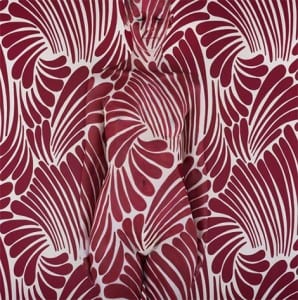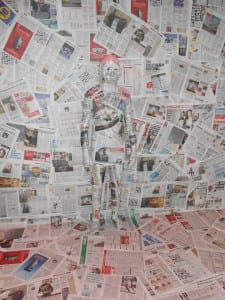Looking at Mike Pearson’s Some approach’s to research he asks ‘In what ways can performance provide a context for mixed method research? How might it enable a synthesis of approaches, through a working together on site, about site? ((Pearson, Mike (2011) Some approach’s to research)). We asked ourselves how we could make a performance that would enable us to show all the research we had gathered so far, and how we could make it relevant to site. Although our initial idea was a performance based on the Beechey brothers and their letters home which was something we felt very passionate about, as we could not help but to feel a personal connection to the story through reading their letters and seeing so many personal items. However, further research provided us with statistics on how many lives were lost due to war and suddenly we were compelled to know more. We felt an emotional pull towards the Beechey brothers story as a mother lost five children, we then realised how many families lost relatives, nine thousand serving soldiers died, and many more people died due to things such as the gases released, gases such as carbon monoxide. However remaining close to our original idea men lost at war and these men’s vices we needed a new idea. Nine thousand. How to stress the importance of this number? How do we provide a context for this figure?


We found the men had many vices, ways to focus there energy when of duty. This included things like poetry, writing and art, one of the pieces of art we were looking at drawn by a soldier from the Lincoln regiment, drew a British flag, which is what we recreated using string, as a performance on this string we will begin to place coins, and although initially we thought to let the audience contribute by laying coins we thought of the railings as a barrier and so wanted to restrain any contact by to the audience. In total nine thousand penny’s to represent each soldier from the Lincoln regiment who gave his life for his country. We feel this shows a good indication as to the sheer number of the fallen men. Weather permits, the idea of the sun shining on the coins which gives of a bright reflection, symbolises their lives and by using a very small denominator like the penny we are showing no matter, you can not put a price on life. For respect of Her Majesty The Queen serving soldiers we would place all coins queens head facing up, inspired by a task previously I had taken place in where the face of the head decided our direction. Deciding eventually after trying many methods, we would simply count stood on a mound of penny’s as the other members of our group would be turning the coins over and laying coins to fill the gaps to complete our image, they would take coins from the counters feat and recreate the image of the flag.

